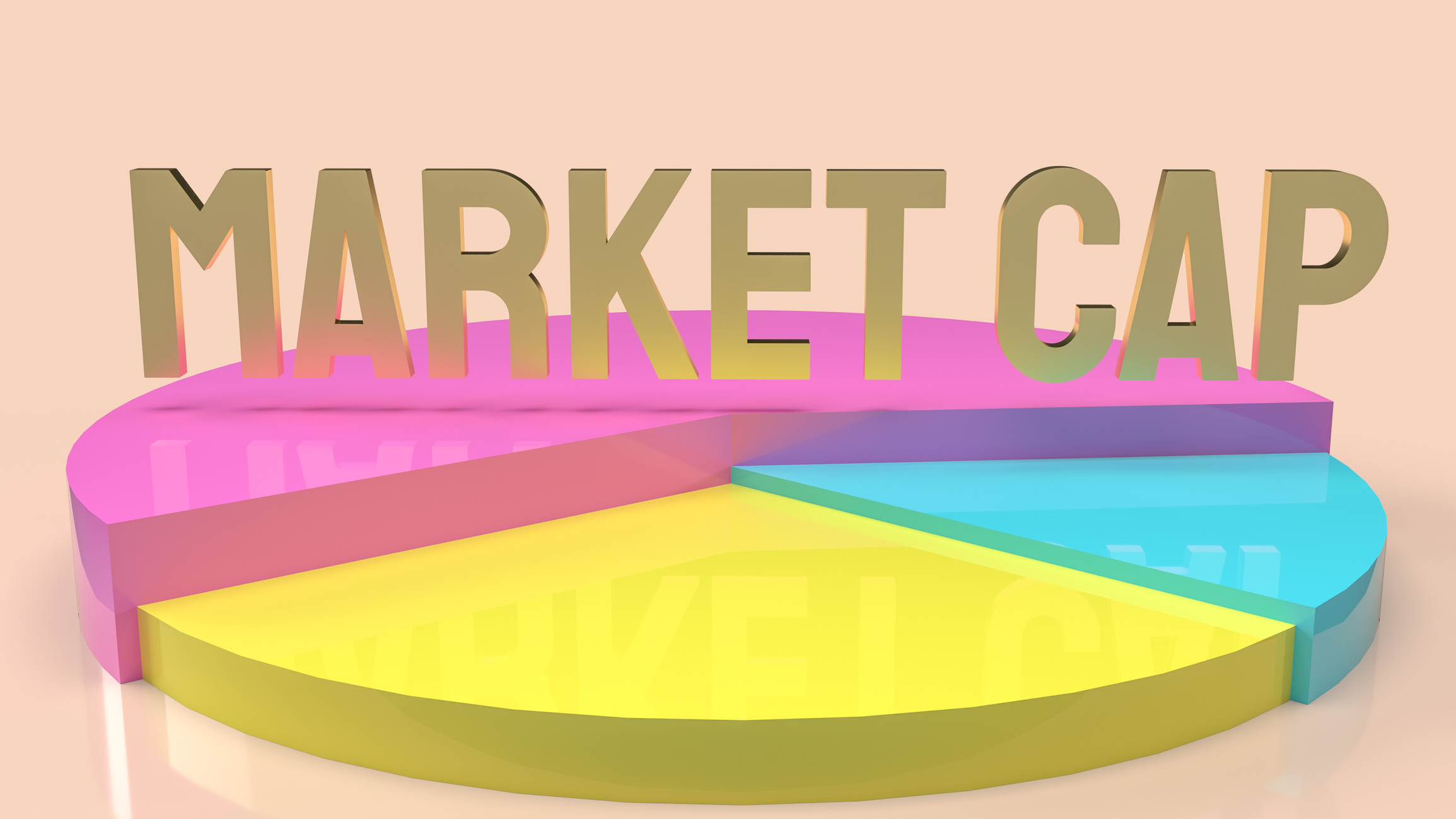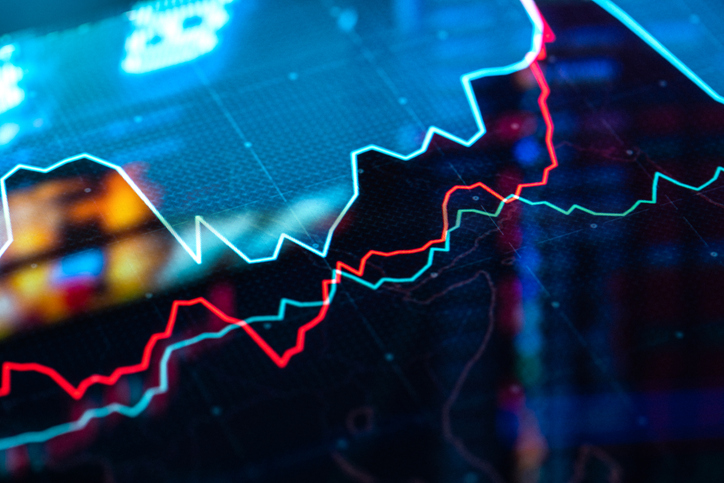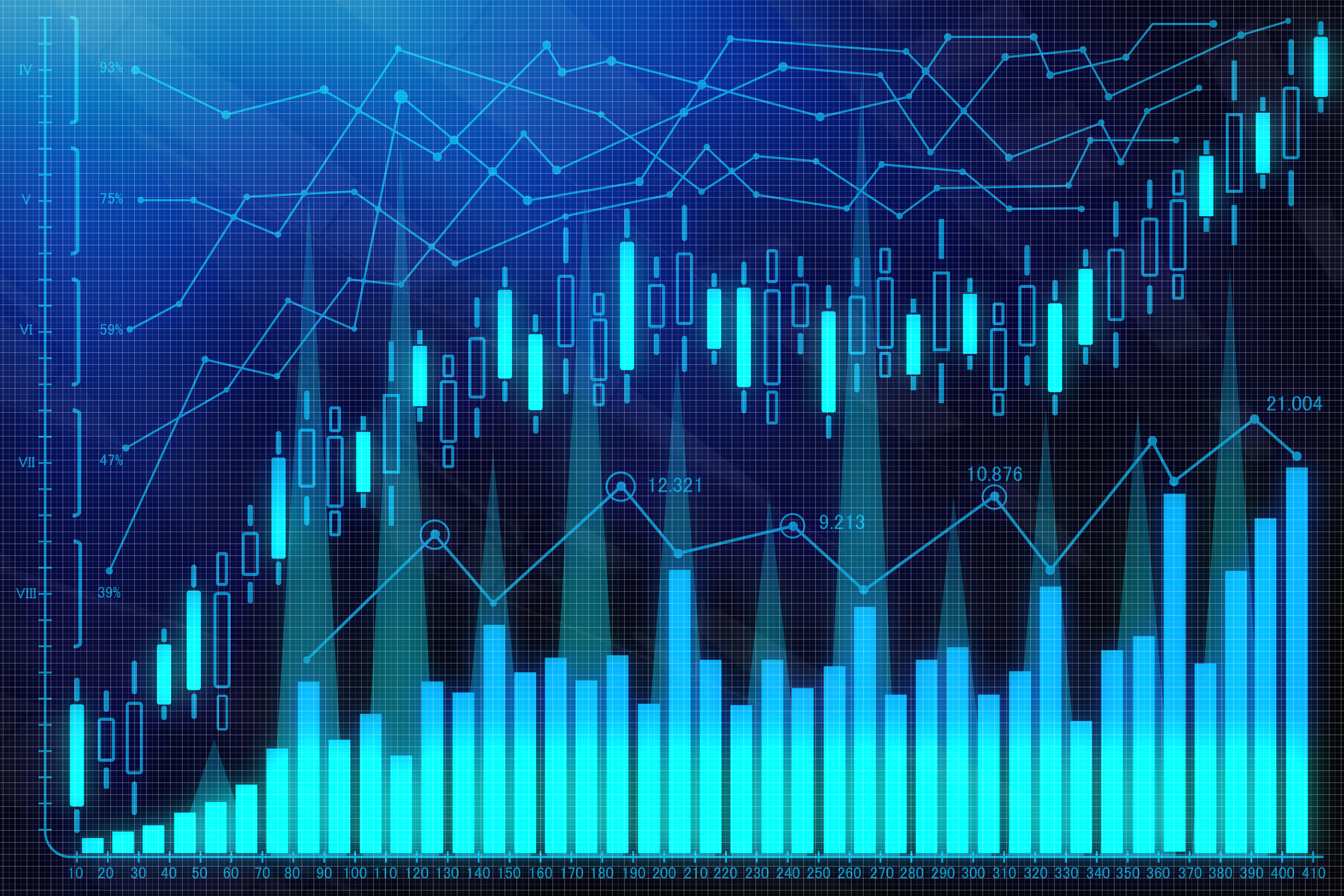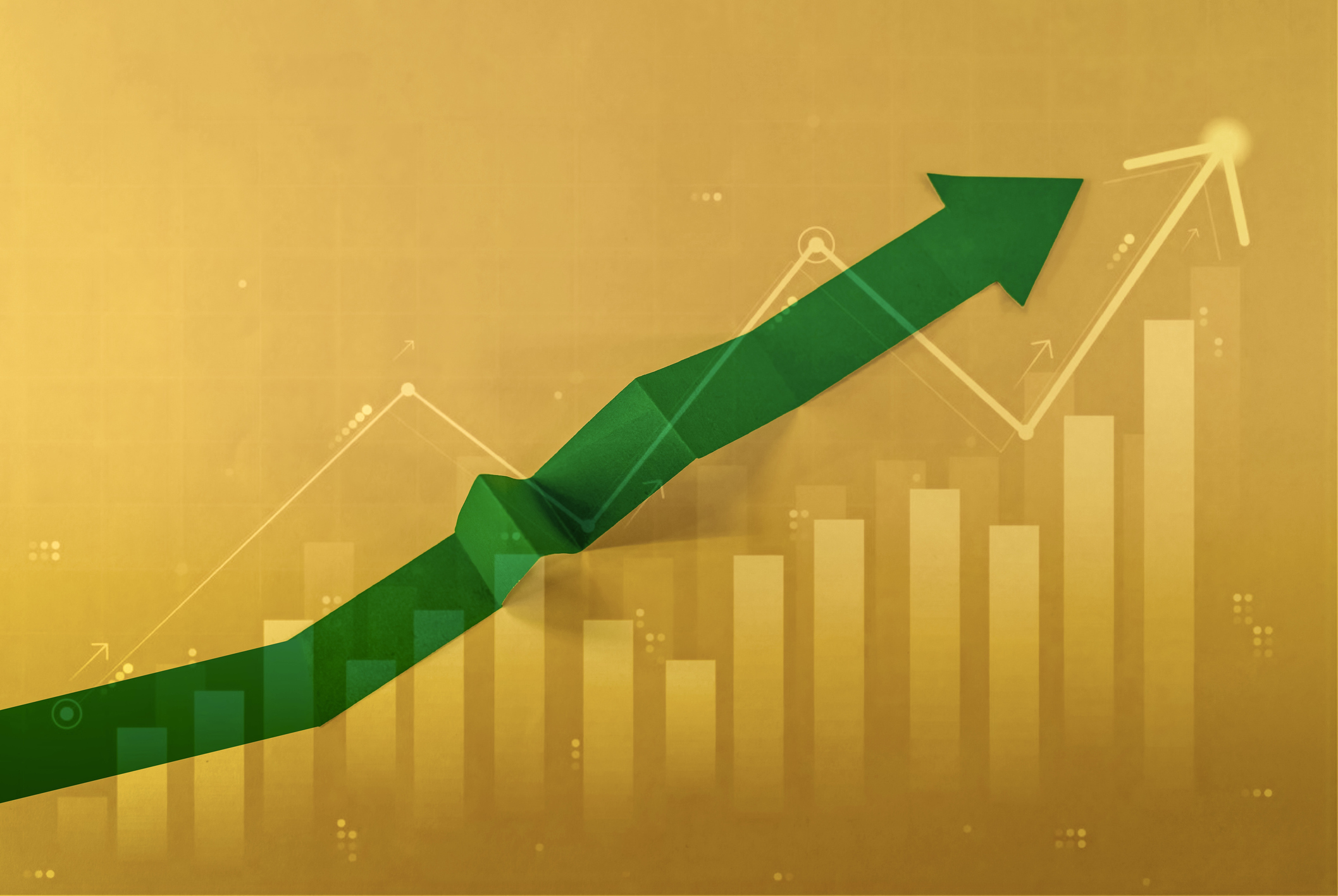What Is Market Cap?
What is market cap? Here we discuss the basics, significance and related issues of the metric that is often used to gauge a company's size and value.


One of the most common terms bandied about among investors is "market cap," which is also known as market capitalization or market value. But what is market cap?
In its most basic definition, market cap is equal to what a company is worth at any particular stock price.
To calculate a company's market cap, multiply the number of shares that are trading in the market and/or have been issued by the stock's current share price.
From just $107.88 $24.99 for Kiplinger Personal Finance
Become a smarter, better informed investor. Subscribe from just $107.88 $24.99, plus get up to 4 Special Issues

Sign up for Kiplinger’s Free Newsletters
Profit and prosper with the best of expert advice on investing, taxes, retirement, personal finance and more - straight to your e-mail.
Profit and prosper with the best of expert advice - straight to your e-mail.
So, for example, if a company has 10 million shares that are issued and outstanding (i.e., are not being held by the company as treasury stock) and the stock price is $10 per share, its market cap is $100 million. At $100 per share, its market cap is $1 billion.
What is market cap and what does it tell you?
Arguably, the biggest thing market cap tells you is what the stock market thinks a company is worth based on its price and the number of shares outstanding. This is also used to categorize its stock as mega cap, large cap, mid cap, small cap or micro cap. And knowing which bucket a stock falls into can help an investor determine a portion of the risk involved with owning those particular shares.
For instance, large- and mega-cap companies, or those with market caps that are typically above $10 billion and $200 billion, respectively, include many blue chip stocks that are considered some of the best long-term investments. This is because the firms are typically well-established with sound fundamentals.
Small-cap stocks, on the other hand, are companies with market caps that usually fall within the $250 million to $2 billion range. The share prices of these firms tend to be a bit more volatile than their larger-cap peers.
How is market cap calculated?
Most financial websites will tell you a company's market cap. However, even casual readers have probably noticed that not all sites have the same market cap number.
This is because they typically use diverse measures of a company's shares. For example, a precise market cap calculation cannot use the share count used in "earnings per share," or EPS. That is because this measure uses an average share count during the past quarter or year.
The most precise way to measure share count is to use the number of shares outstanding on the very first page of a company's most recent 10-Q filing. This can be found in the Securities and Exchange Commission's (SEC) EDGAR database.
A complicated market cap calculation, explained
CrowdStrike (CRWD) recently filed its 10-Q for the quarter ending July 2023. Note that on the bottom of the first page (before the table of contents) there is a sentence that reads, "As of August 15, 2023, the number of shares of the registrant's Class A common stock outstanding was 226,056,362, and the number of shares of the registrant's Class B common stock outstanding was 12,731,839."
This number is higher than the shares outstanding as of July 31, when CrowdStrike had 226,043,000 Class A shares and 12,732,000 Class B shares (as seen on its balance sheet).
So, between July 31 and August 15, the number of Class A shares grew by about 13,300. There were more Class B shares as well. This increase is likely due to options and restricted stock that have been exercised from shares issued to employees and consultants. Changes in the number of shares outstanding can also be due to stock buybacks, although in this case that is unlikely given that stock repurchases reduce shares outstanding.
So, in order to calculate the most precise market cap number, we add the number of Class A and Class B shares found in the August 15 10-Q and multiply that by CRWD's current share price ($163.89 as of the September 20 close). This works out to a market cap of $39.1 billion.
Note, that we have to add the most recent Class A and Class B shares, even though only the Class A shares are listed and trading on the Nasdaq. This is a common situation with tech stocks, including companies like Meta Platforms (META) and Alphabet (GOOGL). These firms have non-trading super-voting shares that are issued and outstanding, but they don't trade on the stock exchanges.
The bottom line on market cap
The bottom line is that the concept of market cap is useful for market analysts, traders and investors. It shows us exactly what the market thinks a company is worth based on its present trading price, and can help determine the level of risk involved with buying shares.
Related content
Profit and prosper with the best of Kiplinger's advice on investing, taxes, retirement, personal finance and much more. Delivered daily. Enter your email in the box and click Sign Me Up.

Mark R. Hake, CFA, is a Chartered Financial Analyst and entrepreneur. He has been writing on stocks for over six years and has also owned his own investment management and research firms focused on U.S. and international value stocks, for over 10 years. In addition, he worked on the buy side for investment firms, hedge funds, and investment divisions of insurance companies for the past 36 years. Lately, he is also working as Chief Strategy Officer for a tech start-up company, Foldstar Inc, based in Princeton, New Jersey.
-
 How to Avoid the Financial Quicksand of Early Retirement Losses
How to Avoid the Financial Quicksand of Early Retirement LossesSequence of returns — experiencing losses early on — can quickly deplete your savings, highlighting the need for strategies that prioritize income stability.
-
 How an Elder Law Attorney Can Help Protect Your Aging Parents
How an Elder Law Attorney Can Help Protect Your Aging ParentsIf you are worried about older family members or friends whose financial judgment is raising red flags, help is out there — from an elder law attorney.
-
 Q4 Post-Mortem From an Investment Adviser: Year of Resilience
Q4 Post-Mortem From an Investment Adviser: Year of ResilienceFinancial pro Prem Patel shares his take on how markets performed in the fourth quarter of 2025, with an eye toward what investors should keep in mind for 2026.
-
 Stocks Extend Losing Streak After Fed Minutes: Stock Market Today
Stocks Extend Losing Streak After Fed Minutes: Stock Market TodayThe Santa Claus Rally is officially at risk after the S&P 500's third straight loss.
-
 Santa Claus Rally at Risk as Tech Stocks Slump: Stock Market Today
Santa Claus Rally at Risk as Tech Stocks Slump: Stock Market TodayThe Nasdaq Composite and Dow Jones Industrial Average led today's declines as investors took profits on high-flying tech stocks.
-
 My Top 10 Stock Picks for 2026
My Top 10 Stock Picks for 2026Each year, we ask an expert to pick 10 stocks that have the potential to beat the market over the next 12 months. Here are his choices for 2026.
-
 Crypto Trends to Watch in 2026
Crypto Trends to Watch in 2026Cryptocurrency is still less than 20 years old, but it remains a fast-moving (and also maturing) market. Here are the crypto trends to watch for in 2026.
-
 Small Caps Hit a New High on Rate-Cut Hope: Stock Market Today
Small Caps Hit a New High on Rate-Cut Hope: Stock Market TodayOdds for a December rate cut remain high after the latest batch of jobs data, which helped the Russell 2000 outperform today.
-
 UNH Sparks a 408-Point Surge for the Dow: Stock Market Today
UNH Sparks a 408-Point Surge for the Dow: Stock Market TodayThe best available data right now confirm both a slowing employment market and a December rate cut, a tension reflected at the equity index level.
-
 Stocks Bounce Back With Tech-Led Gains: Stock Market Today
Stocks Bounce Back With Tech-Led Gains: Stock Market TodayEarnings and guidance from tech stocks and an old-school industrial lifted all three main U.S. equity indexes back into positive territory.
-
 Dow Slides 427 Points to Open December: Stock Market Today
Dow Slides 427 Points to Open December: Stock Market TodayThe final month of 2025 begins on a negative note after stocks ended November with a startling rally.